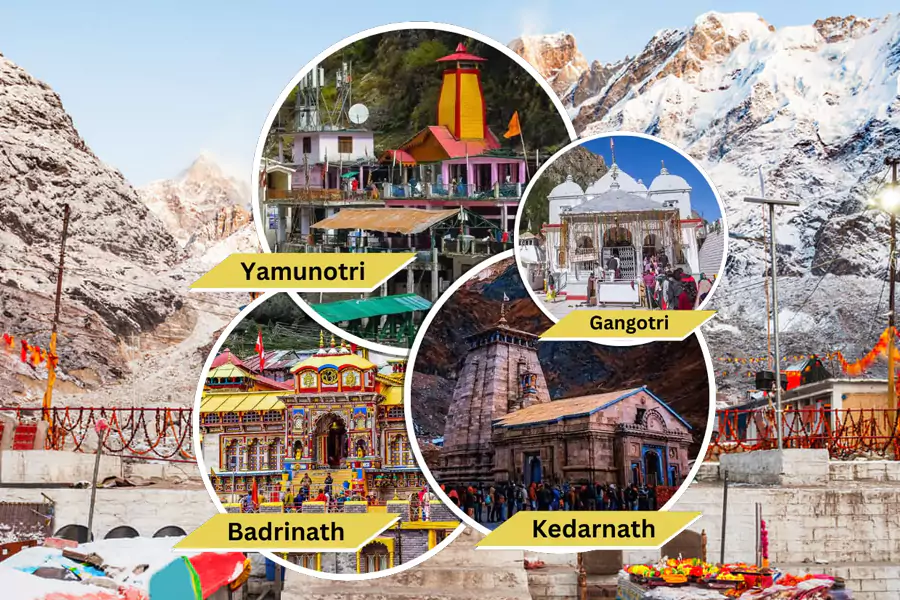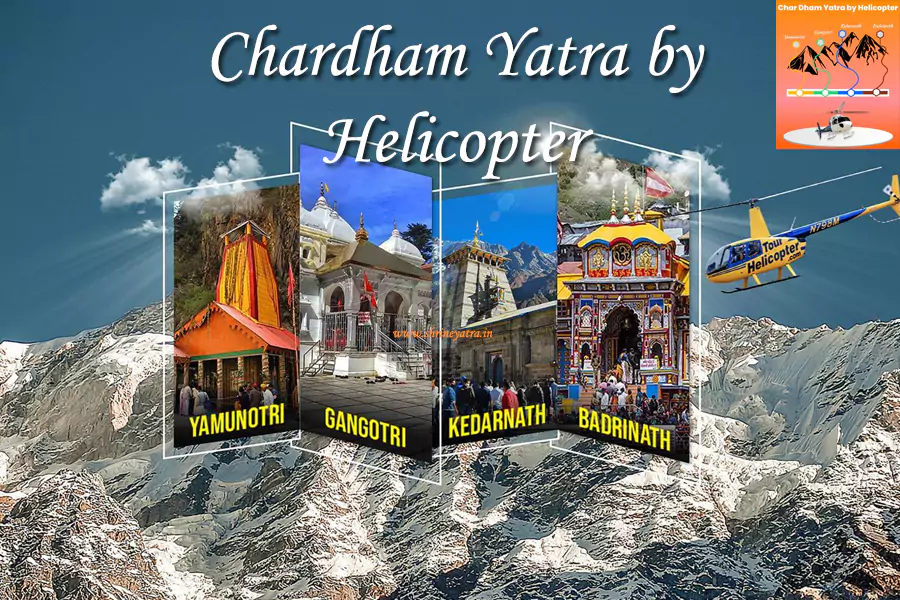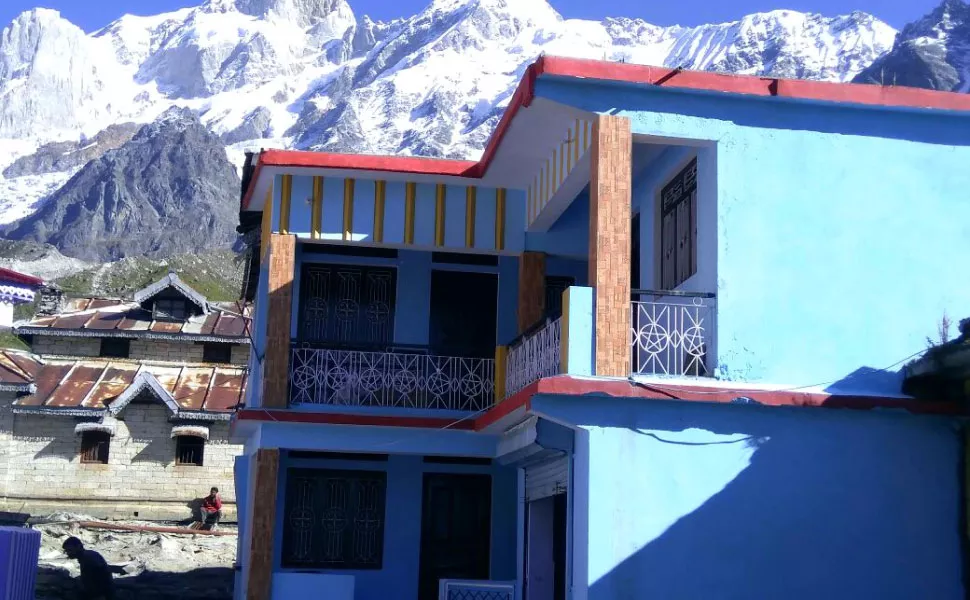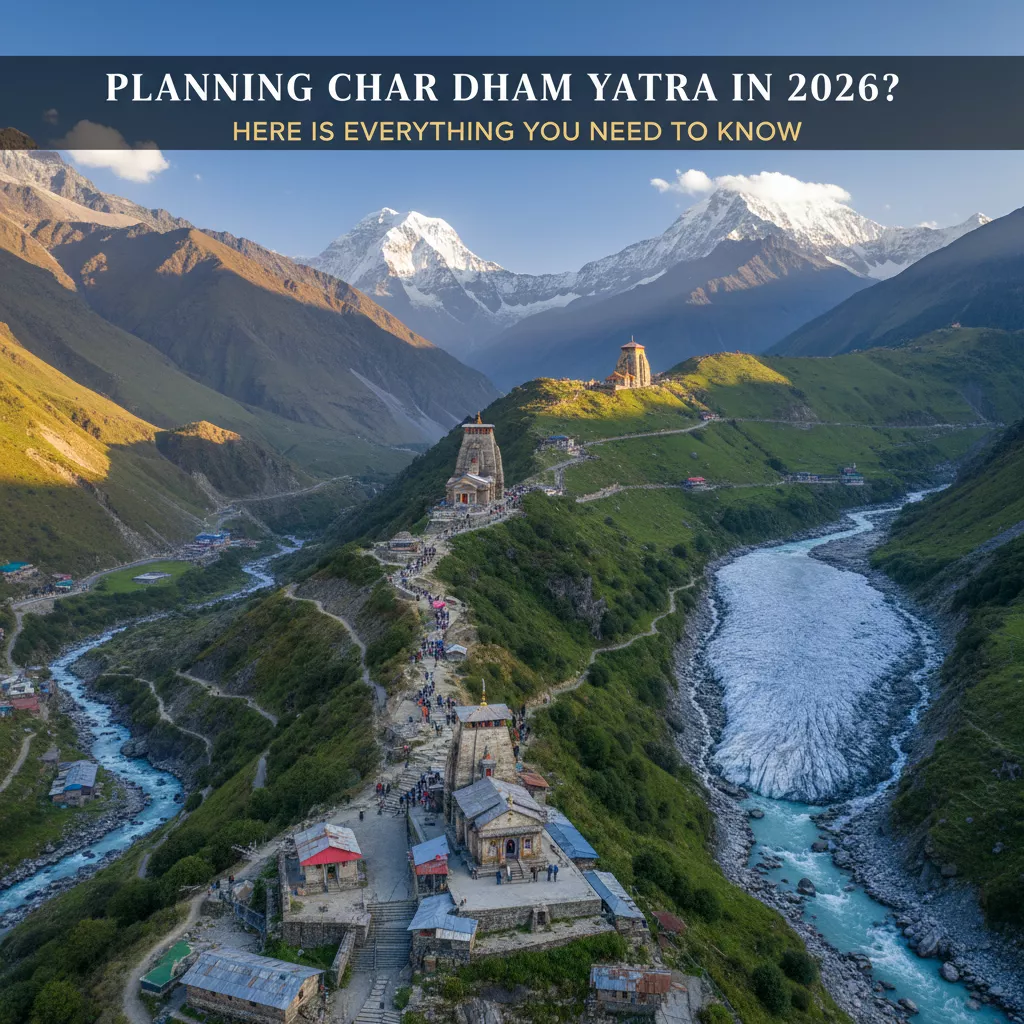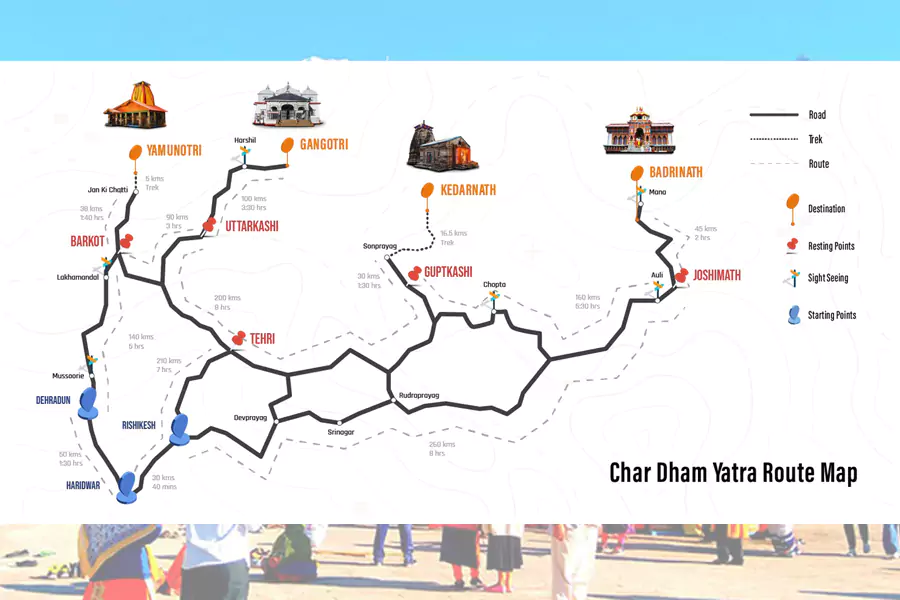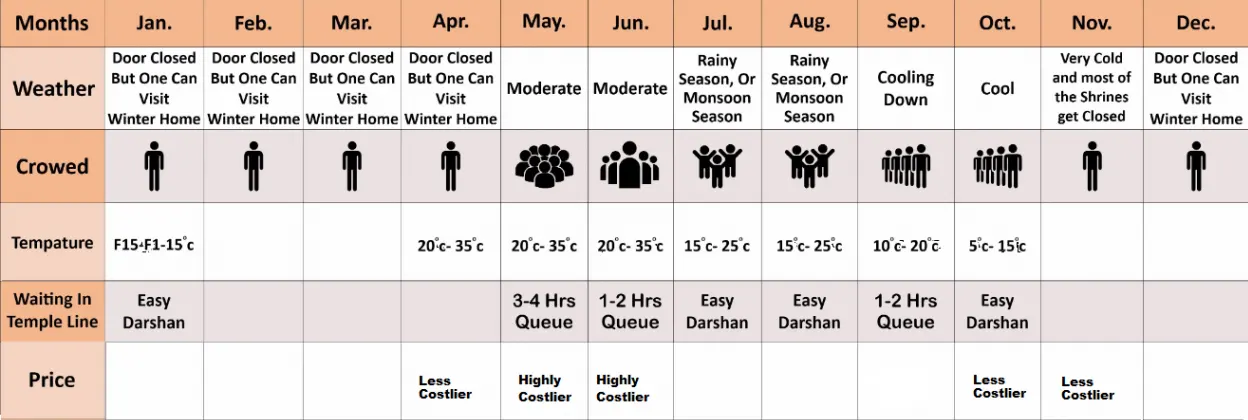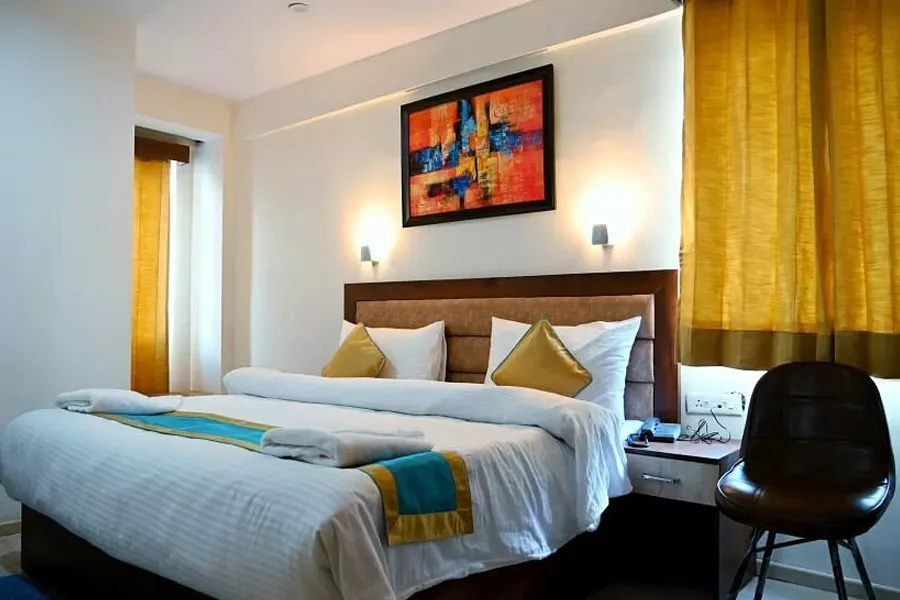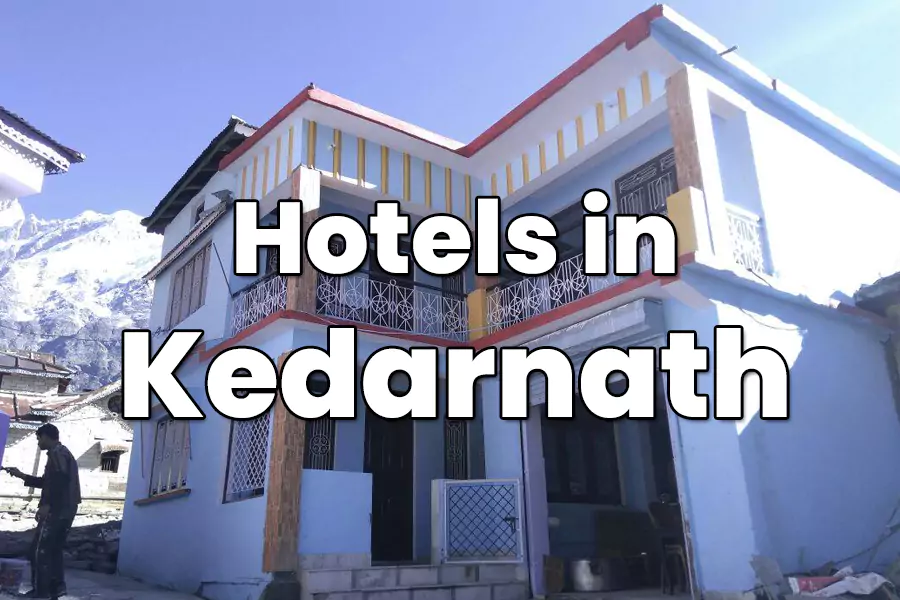The sacred journey to Char Dham stands as one of India’s most revered pilgrimages. Thousands of devotees embark on this spiritual quest each year, seeking divine blessings at Yamunotri, Gangotri, Kedarnath, and Badrinath. While some travelers prefer independent exploration, booking a tour package offers distinct advantages that transform this challenging expedition into a memorable experience.
Expert Planning Saves Time and Energy
Planning a Char Dham pilgrimage demands extensive research and coordination. Tour operators possess years of experience navigating the complexities of mountain travel. They understand weather patterns, road conditions, and the best travel sequences. This expertise eliminates guesswork and prevents costly mistakes that could derail your spiritual journey.
Professional tour companies handle accommodation bookings, transportation arrangements, and permit requirements. They secure stays near temples, arrange early morning darshans, and coordinate with local authorities. This comprehensive planning allows pilgrims to focus entirely on their spiritual objectives rather than logistical headaches.
Safety Comes First in Mountain Terrain
The Himalayan routes present genuine challenges. Narrow mountain roads, unpredictable weather, and high altitudes demand careful navigation. Tour packages employ experienced drivers who know these treacherous paths intimately. They recognize dangerous sections, understand when to pause during adverse weather, and maintain vehicles specifically equipped for mountain conditions.
Medical emergencies can occur at high altitudes. Reputable tour operators carry oxygen cylinders, first-aid supplies, and maintain connections with local healthcare facilities. This preparedness proves invaluable when altitude sickness strikes or other health concerns emerge during the journey.
Cost-Effective Travel Solutions
Individual travelers often spend more than necessary on this pilgrimage. Tour packages leverage bulk bookings to negotiate better rates for accommodation, meals, and transportation. The economies of scale translate into significant savings for participants.
Hidden costs frequently surprise independent travelers. Last-minute hotel bookings, emergency taxi services, and unplanned meals add up quickly. Tour packages provide transparent pricing that covers most expenses upfront. This financial predictability helps pilgrims budget accurately without worrying about unexpected expenditures.
Local Knowledge Enriches the Experience
Tour guides bring the sacred sites to life through stories, historical context, and religious significance. They explain rituals, share legends associated with each temple, and help pilgrims understand the proper protocols for darshan. This cultural insight deepens the spiritual connection that pilgrims seek.
Local guides know the quieter times for temple visits, the best spots for photographs, and nearby attractions worth visiting. They communicate effectively with temple priests, local vendors, and accommodation staff. This linguistic and cultural bridge enhances comfort throughout the journey.
Hassle-Free Transportation Throughout
The Char Dham circuit covers hundreds of kilometers across mountainous terrain. Tour packages provide comfortable vehicles maintained specifically for such journeys. Drivers handle the stress of navigating winding roads while passengers relax and enjoy the scenic beauty.
Transportation logistics become particularly complex when traveling between temples. Tour operators coordinate departure times, rest stops, and meal breaks efficiently. This seamless movement between destinations maximizes time at sacred sites rather than wasting hours managing travel arrangements.
Group Travel Creates Shared Memories
Joining a tour package connects pilgrims with like-minded spiritual seekers. These shared experiences foster friendships that often last beyond the journey. Fellow travelers provide companionship during long drives, support during challenging temple treks, and shared joy during divine darshans.
Group dynamics also enhance safety. Traveling together means someone always notices if a member faces difficulties. This collective care proves especially valuable for elderly pilgrims or those traveling alone.
Pre-Arranged Accommodations Guarantee Comfort
The Char Dham region experiences massive pilgrim influxes during peak seasons. Hotels and guesthouses fill quickly, leaving independent travelers scrambling for accommodation. Tour packages secure rooms months in advance, guaranteeing comfortable rest after exhausting temple visits.
Strategic accommodation placement matters tremendously. Tour operators book stays near temples, reducing travel time for early morning rituals. They select properties meeting basic hygiene standards and offering hot water facilities—luxuries that become necessities in cold mountain climates.
Flexible Itineraries Suit Different Needs
Modern tour operators offer various package options catering to different budgets, time constraints, and physical capabilities. Budget packages provide essential services at affordable rates. Premium options include helicopter services, superior accommodations, and extended stays at each destination.
Some packages accommodate travelers with mobility challenges by arranging palkis (palanquins) and ponies for steep temple approaches. Others design expedited itineraries for those with limited vacation time. This flexibility ensures everyone finds a suitable option for their Char Dham pilgrimage.
Timely Completion of the Circuit
Weather windows in the Himalayas remain narrow. The Char Dham yatra operates typically from late April through early November. Tour operators design itineraries that complete the circuit efficiently within this timeframe. They build in buffer days for weather delays while maintaining a steady pace.
Independent travelers often underestimate travel times between temples. They may find themselves rushing through sacred sites or unable to complete the full circuit. Professional tour planning ensures adequate time at each location while maintaining realistic schedules.
Assistance with Religious Rituals
Each Char Dham temple follows specific customs and rituals. Tour guides explain these traditions and help pilgrims participate appropriately. They assist with booking special pujas, connecting with priests, and obtaining prasad. This guidance proves invaluable for first-time visitors unfamiliar with temple protocols.
Many tour packages include a purohit (priest) who performs group pujas at each location. This service adds spiritual depth to the journey while relieving pilgrims of the complexity of arranging individual ceremonies.
Emergency Support Round the Clock
Mountain environments present unpredictable situations. Vehicle breakdowns, sudden illness, or weather disruptions require immediate attention. Tour operators maintain 24/7 support systems to handle emergencies promptly. They possess backup vehicles, emergency contacts, and contingency plans for various scenarios.
This support network extends beyond immediate travel needs. Operators help with lost documents, communication with families back home, and coordination with local authorities when necessary. Such comprehensive assistance provides peace of mind throughout the pilgrimage.
Sustainable and Responsible Tourism
Reputable tour operators practice environmentally conscious tourism. They minimize plastic usage, dispose of waste properly, and educate travelers about preserving the fragile Himalayan ecosystem. Choosing responsible tour packages helps protect these sacred sites for future generations.
These companies also support local economies by employing regional guides, staying at locally owned properties, and sourcing meals from community kitchens. This approach ensures that tourism benefits the mountain communities that maintain these sacred spaces year-round.
Making the Right Choice
The Char Dham pilgrimage represents a once-in-a-lifetime spiritual journey for many devotees. While independent travel appeals to adventurous souls, tour packages deliver tangible benefits that enhance both the practical and spiritual aspects of this sacred expedition. The combination of professional planning, safety measures, cost efficiency, and spiritual guidance creates an environment where pilgrims can immerse themselves fully in their devotional goals.
Selecting a reputable tour operator with positive reviews, transparent pricing, and comprehensive services ensures a fulfilling Char Dham experience. This investment in professional guidance pays dividends through stress-free travel, meaningful spiritual encounters, and memories that inspire long after the journey concludes.

